As fathers, we always want to ensure the safety and well-being of our families. One essential tool for any home is a well-stocked medical kit. Having a comprehensive first aid kit at home can make a significant difference in handling emergencies effectively. In this article, we’ll discuss the importance of a home medical kit, what items to include, and how to get trained to use these supplies. We’ll focus on what I have in my home, the RHINO RESCUE First Responder First Aid Kit, which is an excellent choice for families looking to be prepared for any situation.
Why a Home Medical Kit is Important
Emergencies can happen at any time, and having a well-equipped medical kit allows you to respond quickly and effectively. Whether it's a minor cut, a sprained ankle, or a more serious injury, having the right supplies on hand can prevent further harm and provide relief until professional medical help arrives. A home medical kit ensures you are prepared for:
- Minor injuries like cuts, scrapes, and bruises.
- More severe injuries such as sprains, burns, and broken bones.
- Emergency situations requiring CPR or airway management.
- Everyday incidents like headaches, allergic reactions, or fevers.
What to Include in Your Home Medical Kit
Here’s a detailed list of essential items to include in your home medical kit, inspired by the RHINO RESCUE First Responder First Aid Kit (affiliate link here):
Basic Supplies
- Bandages and Dressings: Adhesive bandages, sterile gauze pads, adhesive tape, and elastic bandages for wound dressing and sprains.
- Antiseptic Supplies: Alcohol wipes, antiseptic wipes, and antibiotic ointment for cleaning and disinfecting wounds.
- Burn Care: Burn gel and burn dressings to provide immediate relief and protection for burn injuries.
- Eye Care: Eye wash solution and eye pads for treating eye injuries and irritation.
Emergency Tools
- CPR Mask: For safe and effective resuscitation.
- Airway Management: Oral airways to help maintain an open airway during resuscitation.
- Trauma Supplies: Trauma shears for cutting clothing, safety pins, and a tourniquet for severe bleeding control.
- Splinting Supplies: Finger splints and a SAM splint for immobilizing broken bones or sprains.
Additional Essentials
- Multi-tool Card: A versatile tool for various emergency situations.
- Safety Hammer: To break windows or cut seatbelts in an emergency.
- Whistle: For signaling for help.
- First Aid Manual: A comprehensive guide on how to use the items in your kit and perform basic first aid.
Organizational Features
- Durable Bag: Get something made of polyester or nylon. The Rhino bag is durable and sturdy, with multiple compartments and pockets to keep your supplies organized.
- Reflective Strips: Ensure the bag is easily identifiable in low light conditions.
- Easy to Carry: Features an adjustable padded shoulder strap and thick rubber handles for portability.
Extras
In addition to the med kit I have these in mine:
- Tourniquet: For any kind of bleeding from a major artery.
- Chest Seals: For impalements or gun shot would to the chest.
- Laceration strips: These help temporarily seal large cuts until you can get stitches.
How to Get Trained to Use You Med Kit
Having the right supplies is only part of the equation. Knowing how to use them is crucial. Here are some ways to get trained:
1. First Aid and CPR Courses
- Local Community Centers: Many community centers offer first aid and CPR courses.
- Red Cross: The American Red Cross provides comprehensive training courses both online and in-person.
2. Online Resources
- Video Tutorials: Websites like YouTube have numerous tutorials on using first aid supplies.
- First Aid Apps: Apps like First Aid by American Red Cross provide step-by-step instructions for various emergencies.
3. Practice Drills
- Family Practice: Regularly practice emergency scenarios with your family to ensure everyone knows what to do and how to use the medical kit.
4. Local Workshops
- Health and Safety Workshops: Check with local hospitals or fire departments for workshops on first aid and emergency preparedness.
Conclusion
A well-stocked home medical kit is an essential part of keeping your family safe. I suggest something like the RHINO RESCUE First Responder First Aid Kit because it provides all the necessary supplies and tools to handle a wide range of emergencies. By equipping your home with this comprehensive kit and getting the proper training, you can ensure that you are prepared to respond effectively to any situation. Remember, being prepared is the first step in protecting your loved ones.
For more resources on fatherhood and family safety check out our online community, a private forum for fathers improving their mental health, vices, and father skills.
It's more than just another online forum – it’s a supportive network of weekly calls, a classroom, and other fathers, designed to help you become the dad you are meant to be.

